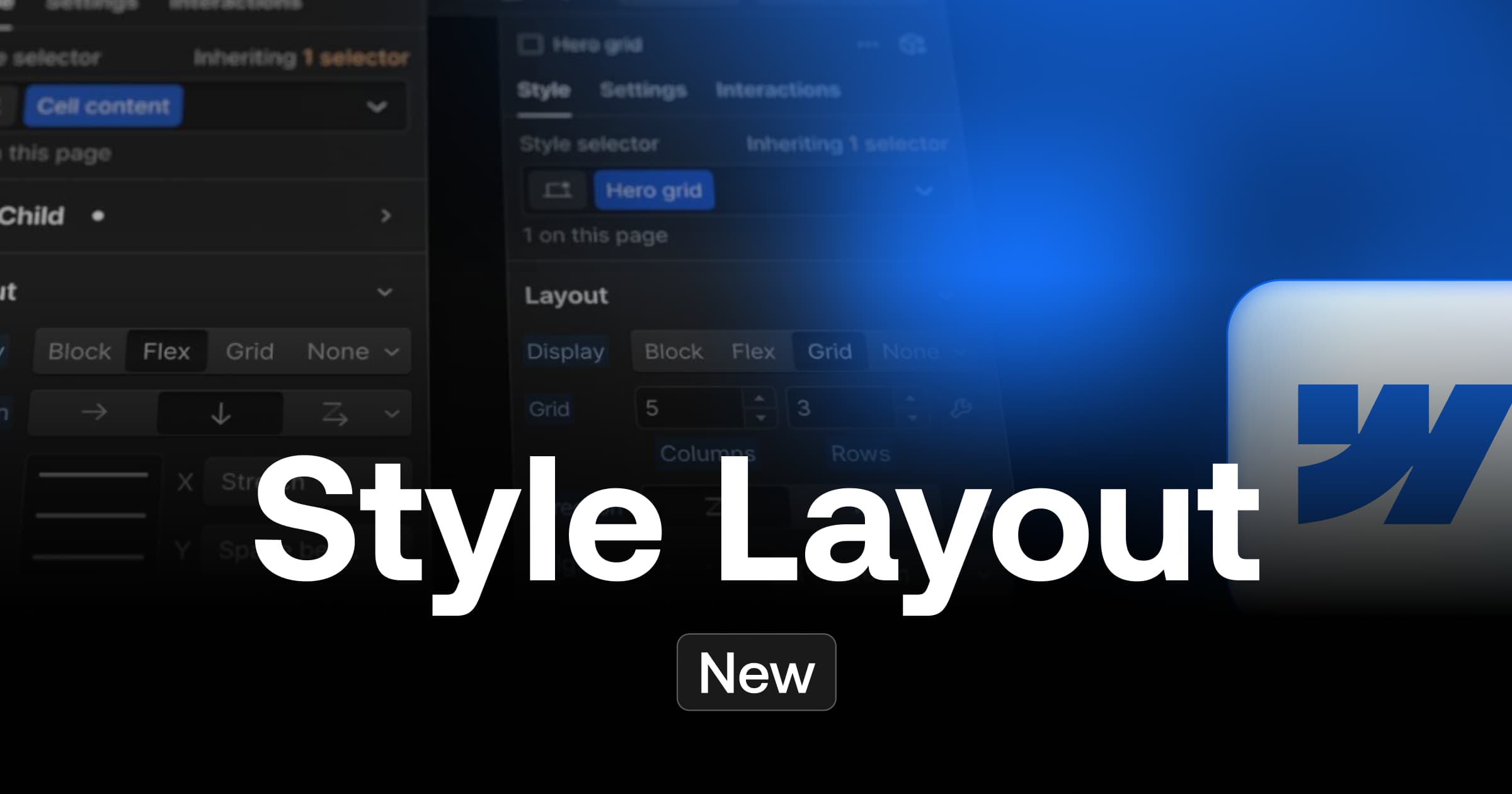It is not rare to need to duplicate sections on several pages of our site. Webflow facilitates our development with the possibility of creating components (e.g. symbols).
These elements can be used as building blocks to create pages and collection templates, and can be easily customized and reused in different parts of the website.
In this article, we will review the benefits of this element in Webflow and how to see how to use it.
How to create and modify components in the Webflow tool?

- Open your Webflow project to access the designer
- Select the element or section you want to turn into a component. It is possible to select an individual element, or a group of elements
- Click on the "Component" icon in the toolbar
- Click on the "+ create new component" icon
- Enter a name for your component that will clearly identify it in the Webflow designer
- Don't forget to save.
To modify the component you have 2 possibilities:
- Move to the element to open the editor
- Click on "Edit component" → in the right sidebar of the designer
⚡️ Pro Tips: use the keyboard shortcut CMD + A on mac or CRTL + A on PC to disconnect a component
Why use components?
The advantage of creating a component in Webflow is to create reusable / duplicable design elements.
Once you have created your component, you can choose to embed it on your website in the page of your choice.
To do this, select a component and drag it to the desired location.
Here are examples of elements that can be found on all or several pages of the website:
- navbar
- footer
- newsletter
- faq
- etc.
The advantages of Webflow components
- Reusable: you can use a component in several parts of your site. This saves you time and effort by not having to recreate these elements each time, and maintains a consistent look and feel across your site.
- Flexibility: you can easily customize the content and styles of your component and create versatile symbols that adapt to different situations and contexts.
- Easy modifications: you can make changes to your entire site at once by modifying the original component. This saves you time and makes it easy to keep your site up to date.
- Quality improvement of the development structure: to improve the readability of the component structure.
- This can also help to avoid mistakes.
This "Component" feature that Webflow offers can be very useful to create and customize easily reusable elements on your website, while keeping a great flexibility and control on the appearance. You now know how to create and modify a component to help you build your website in an organized way, and save time during the design of your website, now it's up to you to test it!
To go further, here is an article to discover about components in Webflow.
Ready to take your website to the next level?
Improve your online visibility thanks to Digidop's experience, excellence and reactivity!





.webp)
.webp)

